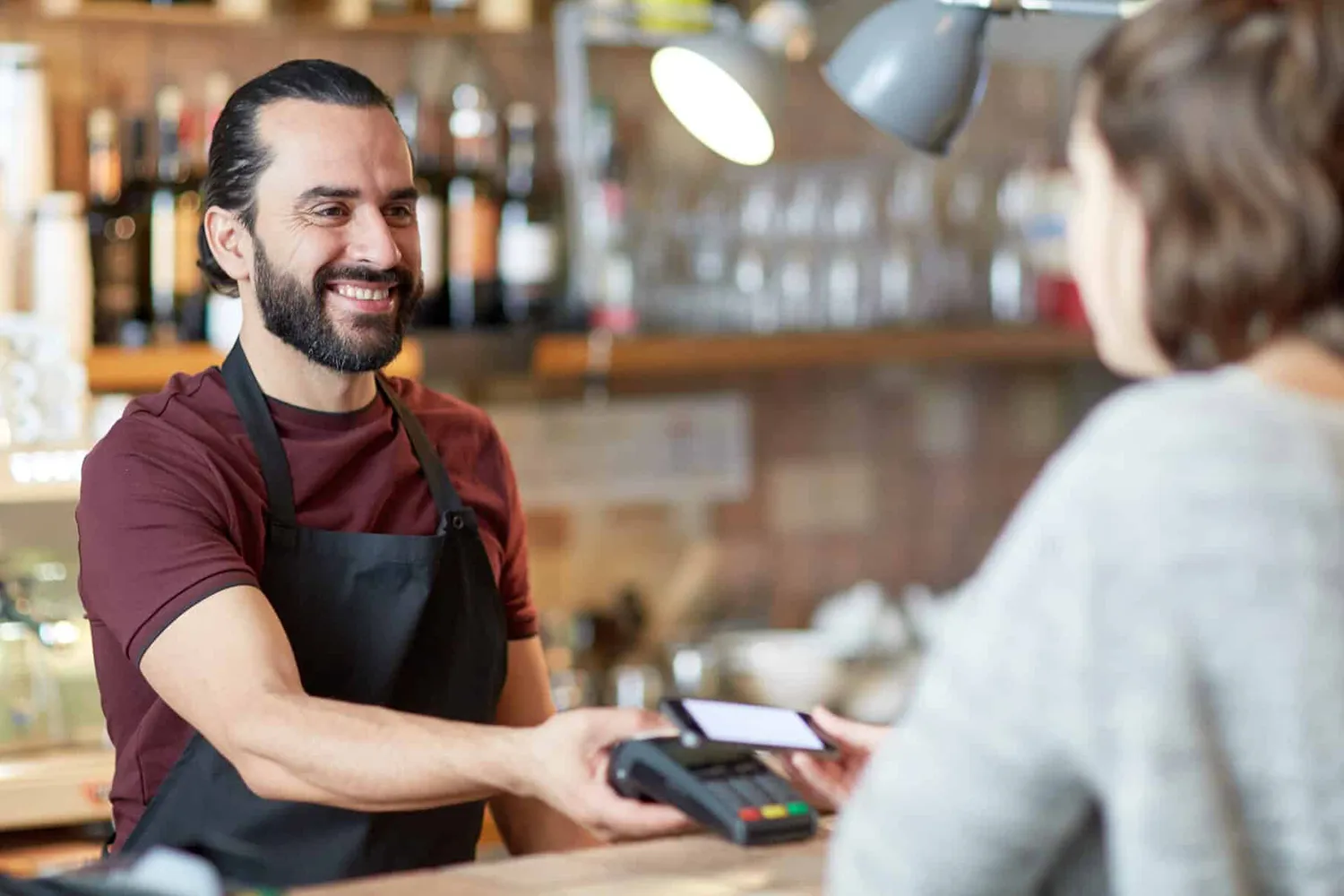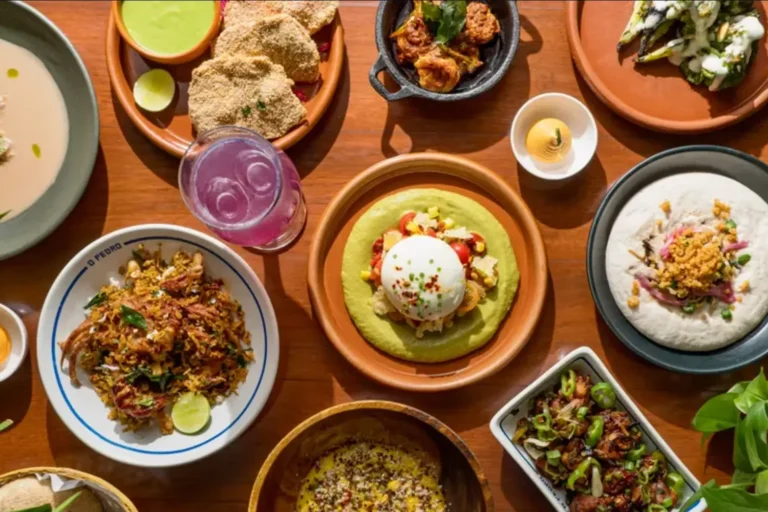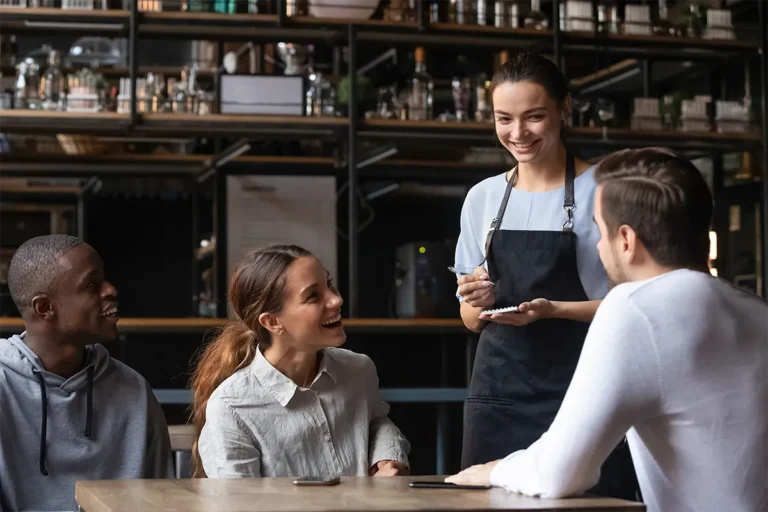Are You Falling for Double Tipping at Restaurants?
Reviewed and Fact Checked

I saw something peculiar last week at dinner. The waiter presented me with the bill, and when I paid, I caught myself having tipped twice on the same meal somehow. After checking with friends, I learned this didn’t happen with just me alone – it’s happening everywhere.
The perpetrator? Electronic payment systems that have established a perfect storm for what I’m referring to as “double tipping.” Allow me to explain why and how this works, and why we’re all at risk.
The Double Tipping Trap
Imagine you’ve finished eating and are getting ready to pay. The waiter brings out a tablet, or you go over to a kiosk to pay. This is where things can get confusing:
- The point of sale (POS) system calculates your bill plus tax on the first screen and adds on an automatic tip or service charge usually. You press “accept” to continue.
- You have a second screen that asks how much percent you wish to tip. It could be 15%, 18%, 20%, or your desired percentage.
If you weren’t paying close attention on that initial screen, you may not even know you’ve already paid a service charge. Social pressure takes over, and before you know it, you’ve tipped twice.
This happened to my niece Sarah last month alone. “I felt so embarrassed when I found out,” she said. “The worst part is I’m not even sure which restaurants were doing it by accident versus on purpose.”
It’s No Longer Fine Dining
Least frustrating is how this practice has been extended to other places:
- A few weeks ago, I bought coffee and was greeted by a tip menu on a straight-up drip coffee that I dispensed myself. No table, no special request – just ordinary coffee.
- My neighbor paid a delivery fee on pizza, and then they charged a mandatory service fee, and then asked for a separate tip when the delivery arrived.
- Even in fast food restaurants (not naming them here), for their own service kiosks they expect tips as standard where previously there was no tip expected.
- The last time I visited a food truck, I noticed the owner spinning the tablet in the direction of each patron, that awkward moment when you feel like you must leave something (anything) to prevent others waiting behind you in line.
The Psychology Behind Our Double Payments
Additional studies into this phenomenon have identified a number of reasons double tipping continues:
The way these payment systems are designed is not an accident. Progressive screens cause natural confusion, particularly when we are in a hurry or multi-tasking like having a conversation at the same time.
Social pressure is exerted when payment is involved. Who feels stingy for tapping “no tip” in front of the server? My buddy Pratik calls this “tip shaming,” and its success is crucial.
Tip amounts have continued to be going steep. I still recall when 15% was standard for excellent service. Payment machines nowadays automatically default to initial amounts starting at 18% or 20%, and sometimes the suggestion goes up to 30%.
Most establishments continue to exercise conscious reserve regarding mandatory service charges. You might notice (possibly with your reading glasses) to find the “service charges are included” notice buried at the bottom of the bill/check.
Protecting Your Wallet
Having been rode once too often by this, I’ve made some personal guidelines that you can also follow:
- I now have the habit of carefully reading every payment screen. Yes, it takes one extra second, but it has saved me a lot of money.
- I particularly scan for the words “service charge” or “gratuity” before moving on to any tip screen.
- If unsure, I just ask, “Is service charge or gratuity already included in this price?” Servers have mostly been honest when asked directly.
- For small transactions, I’ve resumed using cash. It’s wonderfully freeing to pay cash with precision without a digital prompt to tip anywhere in view.
- I strategize how to tip even before entering a business. This avoids being reckless with options out of necessity.
- My best tip? Hold onto your receipts. When I notice double charging at a local restaurant, having the receipt itemized made it easy for me to have the issue resolved right away.
The Changing Culture of Tipping
What gets me most worked up about this trend is the manner in which it transforms tipping from a gesture of appreciation to an expectation regardless of how good or bad the service delivered.
In speaking with a restaurant manager friend recently, she revealed that many restaurants factor expected tips into their business models. “Some restaurants actually compensate workers less with the expectation that tips will be the make-or-break,” she whispered.
This creates a dissonant dynamic wherein:
- Customers are increasingly forced to top up wages in the form of tips.
- Employees rely on tips as a source of basic income.
- Businesses transfer labor costs from their accounting books to customers’ goodwill.
- A reward previously intended to incentivize great service has devolved into something else – a top-up necessary for poor wages.
Navigating Forward
I am still a believer in equal and just compensation for service workers. My problem isn’t tipping in and of itself, but rather the lack of transparency and manipulation inherent in these systems.
As we further remain under the influence of electronic payments, understanding clearly what exactly we’re being charged is growing more and more critical. Next time you are presented with a payment tablet, take that extra second to review what you are being charged.
Remember, knowing better does not necessarily mean stingy. Knowing better means being careful with your money and ensuring your generosity goes to whoever you intend. And it is just not twice for the same purpose.
The most effective consumers, I have found, are informed ones. We learn about how these systems work, we can ensure our tips go exactly where we desire and only once.


